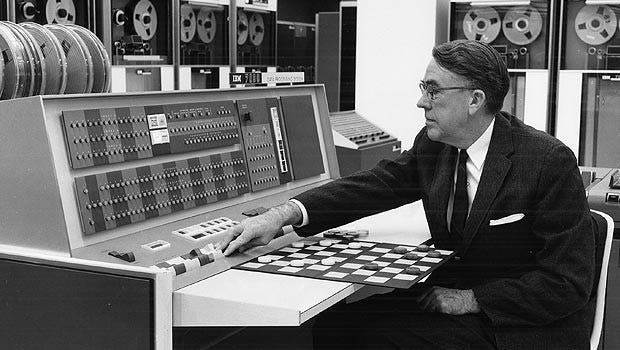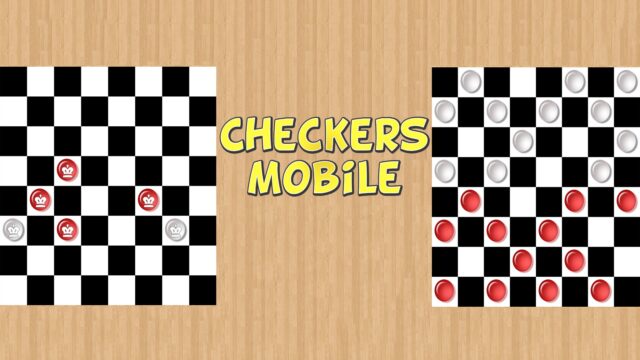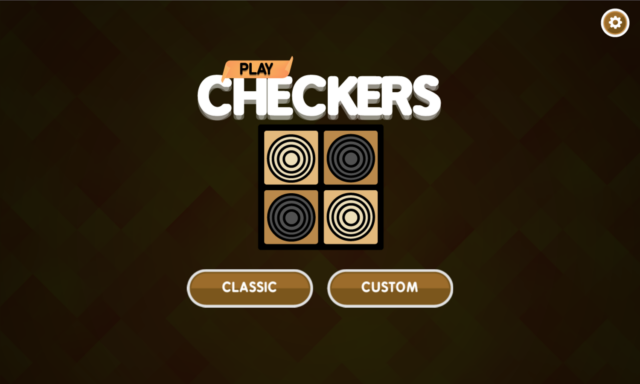
Checkers, known by various names such as draughts, damas, or dama, is a classic strategy game that has transcended generations and continents. Its origins trace back to ancient civilizations, and it has continued to evolve through the ages. In this blog post, we will embark on a journey through time, exploring the fascinating evolution of this game from its humble beginnings as a board game to its current digital incarnation as Checkers Online.
The Origins of Checkers: A Historical Overview
Checkers, like chess, is a game deeply rooted in history. Its origins can be traced back over 3,000 years to ancient Mesopotamia. The earliest version of the game was played on a rectangular board with pieces representing soldiers and officers. Over time, the game spread to other civilizations, including the Egyptians and Greeks, each adding their unique twists to the rules.
Fast forward to medieval Europe, and checkers took on a form more similar to what we recognize today. The 8×8 checkerboard and simple, diagonal moves became the standard. The game, as we know it today, was born.
Checkers Through the Ages: Traditional Board Game Variants

Throughout history, this game underwent numerous adaptations and regional variations. In England, it became known as draughts, and in America, it became American version. Variations like “Suicide Checkers” and “Russian Checkers” added complexity and intrigue to the game.
These traditional board game variants were not just about winning; they were about strategy, psychology, and the thrill of outsmarting your opponent. Families and friends gathered around boards for centuries, passing down strategies and techniques from one generation to the next.
Checkers Goes Digital: The Emergence of Computer-Based Games
The late 20th century brought about a technological revolution that would forever change the world of checkers. With the advent of personal computers, enthusiasts began to explore the possibilities of digitizing the game. Early computer-based checkers were rudimentary in graphics and AI capabilities but marked the beginning of a new era.
The ability to play thai game against a computer opponent opened up a world of opportunities. Players could practice their skills at any time, and newbies could learn the game without feeling the pressure of competing against seasoned players. It was becoming more accessible than ever before.
The Internet Age
As the internet gained popularity in the 1990s, so did the concept of playing checkers online. Online platforms offered players the chance to challenge opponents from around the world, breaking down geographical barriers. It became a global pastime, transcending borders and cultures.
The convenience of online checkers was a major draw. Players no longer had to set up a physical board or find a willing opponent. A few clicks and they were ready to play. This convenience factor contributed significantly to the game’s resurgence in popularity.
The Evolution of Checkers Software: From Basic Graphics to High-Quality Interfaces

As technology continued to advance, so did the quality of checkers software. What started as simple, text-based interfaces evolved into visually stunning, 3D representations of the game. Players could now enjoy a more immersive and enjoyable experience.
The availability of checkers on various platforms, from Windows PCs to gaming consoles, meant that players could choose the interface that suited them best. Customizable themes, animations, and even virtual boards with intricate designs became the norm.
Multiplayer: Connecting Players Worldwide
One of the most significant developments in online checkers was the introduction of multiplayer modes. Players could now engage in real-time battles with opponents from different parts of the world. These multiplayer experiences fostered a sense of community among players and sparked the competitive spirit.
Online version also allowed for asynchronous play, where players could take their time to make moves, making it accessible to those with busy schedules. This flexibility further expanded the player base and contributed to the game’s growing popularity.
AI: The Rise of Computer Opponents and Challenges
The integration of artificial intelligence (AI) into checkers software marked a major milestone. AI opponents became increasingly sophisticated, offering players a challenging experience that could rival even the most skilled human opponents.
Players could adjust the AI’s difficulty level to match their skill, providing a learning curve for newcomers and a formidable challenge for experienced players. This AI integration brought a new dimension to this game, as players could now test their skills against machine intelligence.
The Role of Mobile Devices: Checkers on the Go

With the proliferation of smartphones and tablets, checkers made their way into the pockets of millions. Mobile apps allowed players to enjoy the game on the go, whether during commutes, waiting in line, or simply relaxing at home.
Mobile apps not only offered convenience but also introduced features like tutorials, challenges, and daily puzzles. These additions aimed to enhance the player’s experience and skill development, making it more accessible to newcomers.
Tournaments and Competitions in the Online World
The online checkers community grew stronger as players organized and participated in tournaments and competitions. These events brought together players of all skill levels, fostering a sense of camaraderie and friendly rivalry.
Tournaments allowed players to showcase their skills on a larger stage, with the potential for prizes and recognition. Streaming platforms also played a role in popularizing competitive checkers, as viewers could watch and learn from top players.
Social Aspects of Checkers Online: Chat, Friends, and Communities
Online platforms introduced social features that enhanced the overall experience. Players could chat with opponents, form friends lists, and join communities or clubs dedicated to the game. These social aspects added depth to the checker’s experience, turning it into not just a game but a social pastime.
The ability to connect with fellow enthusiasts from around the world created lasting friendships and bonds. Strategies, tips, and stories were shared, enriching the global community.
Checkers Beyond Borders: Cross-Platform Play and Compatibility

The inclusivity of checkers online extended to cross-platform play, allowing players on different devices to challenge each other seamlessly. Whether you were on a computer, tablet, or smartphone, you could connect with opponents across various platforms. This feature further united the global gaming community.
The ability to play with friends or family members, regardless of their preferred device, brought people together and promoted the game’s universal appeal.
The Future of The Game: Innovations and Trends to Watch
As we look to the future of checkers online, several exciting trends and innovations are on the horizon. These include the integration of virtual reality (VR) for a more immersive gaming experience, enhanced AI opponents that adapt to a player’s style, and the continued growth of competitive leagues and tournaments.









